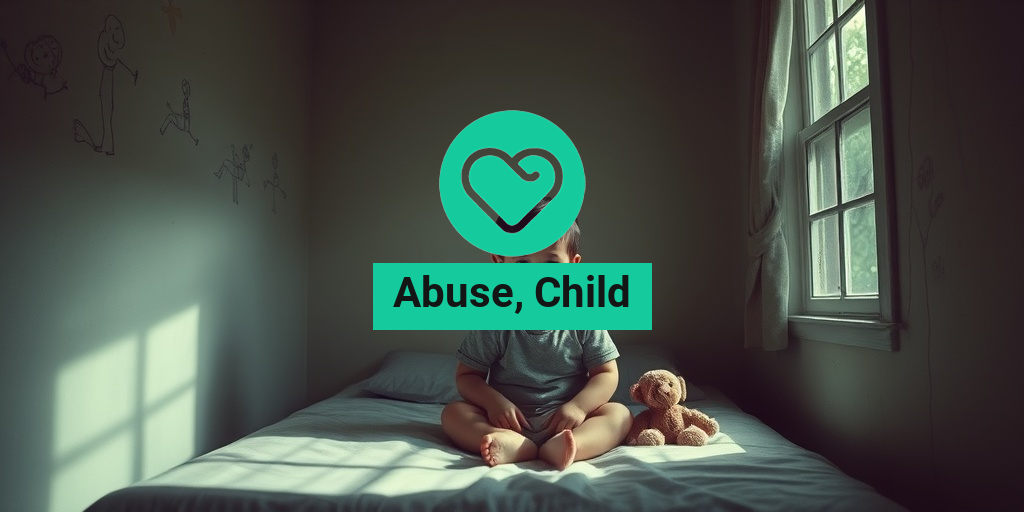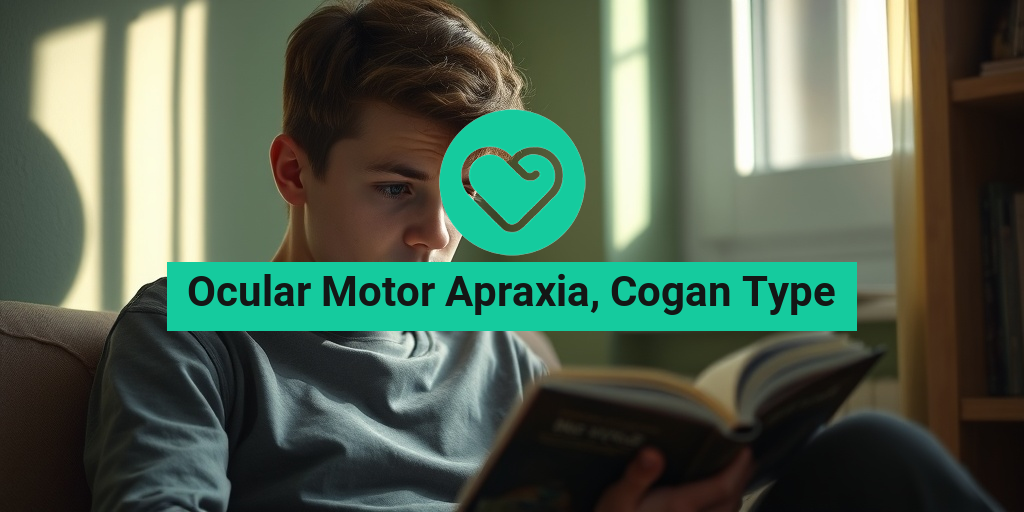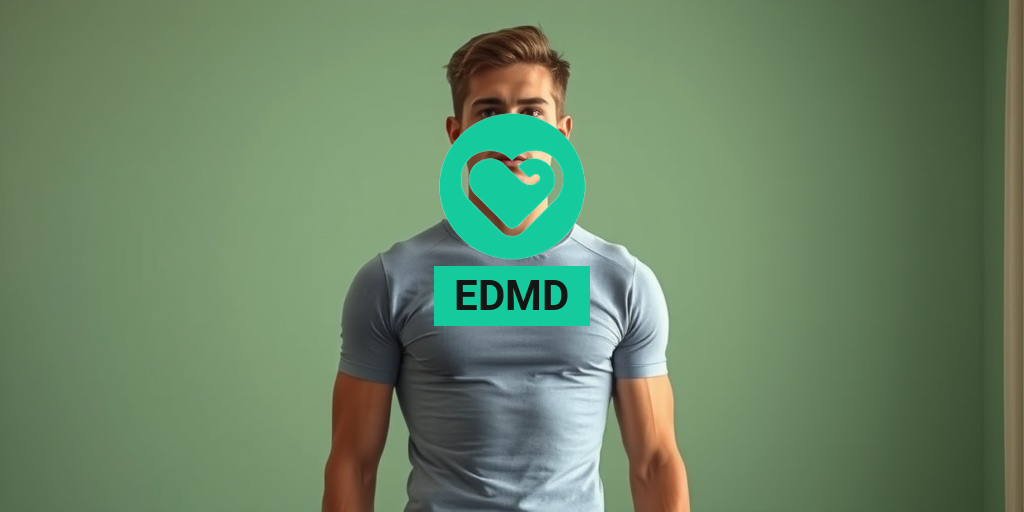What Is Child Abuse?
Child abuse is a grave violation of a child’s rights and well-being. It encompasses a range of harmful behaviors directed at children, which can have lasting effects on their physical, emotional, and psychological health. Understanding what constitutes child abuse is crucial for prevention and intervention.
At its core, child abuse refers to any act by a parent, caregiver, or other adult that results in harm or potential harm to a child. This can manifest in various forms, including physical, emotional, sexual abuse, and neglect. The impact of such abuse can be profound, leading to long-term trauma and difficulties in adulthood.
Recognizing the signs of child abuse is essential for safeguarding children. These signs can vary widely, but they often include unexplained injuries, sudden changes in behavior, withdrawal from social interactions, and fear of certain individuals. If you suspect a child is being abused, it is vital to report your concerns to the appropriate authorities to ensure their safety.
Types of Child Abuse
Child abuse can be categorized into several distinct types, each with its own characteristics and implications. Understanding these types can help in identifying and addressing the issue effectively.
1. Physical Abuse
Physical abuse involves the intentional use of force against a child, resulting in injury or the risk of injury. This can include hitting, kicking, burning, or any other form of physical harm. Children who experience physical abuse may show signs such as:
- Unexplained bruises or injuries
- Frequent absences from school
- Fear of going home
2. Emotional Abuse
Emotional abuse, often referred to as psychological abuse, involves behaviors that harm a child’s self-worth or emotional well-being. This can include verbal abuse, constant criticism, rejection, or isolation. Children subjected to emotional abuse may exhibit:
- Low self-esteem
- Depression or anxiety
- Difficulty forming relationships
3. Sexual Abuse
Sexual abuse is any sexual activity with a child, including fondling, penetration, or exploitation through pornography. This type of abuse can have devastating effects on a child’s mental and emotional health. Signs of sexual abuse may include:
- Inappropriate sexual knowledge or behavior
- Fear of certain individuals or places
- Changes in eating or sleeping patterns
4. Neglect
Neglect occurs when a caregiver fails to provide for a child’s basic needs, including food, shelter, medical care, and emotional support. This form of abuse can lead to serious health issues and developmental delays. Signs of neglect may include:
- Malnutrition or poor hygiene
- Frequent absences from school
- Inappropriate clothing for weather conditions
5. Child Exploitation
Child exploitation involves using a child for someone else’s advantage, often in harmful ways. This can include child labor, trafficking, or using children in illegal activities. The consequences of exploitation can be severe, leading to physical and emotional harm.
Understanding the different types of child abuse is crucial for prevention and intervention. If you suspect that a child is experiencing any form of abuse, it is essential to take action. Reporting your concerns can help protect the child and provide them with the support they need.
For more information on child abuse and resources for support, consider visiting Yesil Health AI, where you can find evidence-based health answers and guidance.
Child abuse is a serious issue that requires our collective attention and action. By educating ourselves and others, we can help create a safer environment for all children. 💔

Signs of Child Abuse
Recognizing the signs of child abuse is crucial for early intervention and support. Children may not always verbalize their experiences, so being aware of the indicators can help caregivers, teachers, and community members take action. Here are some common signs to look out for:
Physical Signs
- Unexplained Injuries: Frequent bruises, burns, or fractures that cannot be adequately explained may indicate abuse.
- Changes in Appearance: Poor hygiene, malnutrition, or wearing inappropriate clothing for the weather can be red flags.
- Frequent Visits to Healthcare Providers: A child who often visits the doctor for injuries may be experiencing ongoing abuse.
Behavioral Signs
- Withdrawal or Fear: A child who suddenly becomes withdrawn, fearful, or anxious around certain individuals may be experiencing abuse.
- Regression: Behaviors such as bedwetting or thumb-sucking in older children can indicate trauma.
- Aggression or Hyperactivity: Some children may respond to abuse with aggression or extreme hyperactivity, which can be a cry for help.
Emotional Signs
- Low Self-Esteem: Children who feel worthless or exhibit self-hatred may be victims of emotional abuse.
- Difficulty Trusting Others: A child who struggles to form relationships may have experienced betrayal or trauma.
- Fear of Going Home: Expressing fear or reluctance to return home can be a significant indicator of abuse.
It’s essential to approach these signs with sensitivity and care. If you suspect a child is being abused, it’s important to report your concerns to the appropriate authorities or child protection services. Early intervention can make a significant difference in a child’s life. 🛡️
Effects of Child Abuse
The impact of child abuse can be profound and long-lasting, affecting various aspects of a child’s development and well-being. Understanding these effects is vital for providing the necessary support and resources to those affected. Here are some of the key effects of child abuse:
Emotional and Psychological Effects
- Increased Risk of Mental Health Issues: Children who experience abuse are at a higher risk for depression, anxiety, and post-traumatic stress disorder (PTSD).
- Difficulty Regulating Emotions: Many survivors struggle with managing their emotions, leading to outbursts or emotional numbness.
- Low Self-Esteem: Abuse can instill feelings of worthlessness and self-doubt, impacting a child’s self-image.
Behavioral Effects
- Risky Behaviors: Survivors may engage in substance abuse, self-harm, or other dangerous activities as a coping mechanism.
- Academic Challenges: Difficulty concentrating and a lack of motivation can lead to poor academic performance.
- Relationship Issues: Trust issues and difficulty forming healthy relationships can stem from early abuse experiences.
Physical Health Effects
- Chronic Health Problems: Survivors of abuse may experience long-term health issues, including heart disease, obesity, and diabetes.
- Increased Risk of Injury: Children who have been abused may be more prone to accidents and injuries due to a lack of awareness or care for their safety.
- Developmental Delays: Abuse can hinder a child’s physical and cognitive development, leading to delays in reaching milestones.
Understanding the effects of child abuse is crucial for creating supportive environments that promote healing and recovery. If you or someone you know is struggling with the aftermath of abuse, seeking professional help is a vital step toward recovery. Remember, it’s never too late to seek support. 💔

Causes of Child Abuse
Understanding the causes of child abuse is crucial in addressing this serious issue. Child abuse can stem from a variety of factors, often interlinked and complex. Here, we explore some of the primary causes that contribute to this heartbreaking phenomenon.
1. Family Dynamics
Family dynamics play a significant role in the likelihood of child abuse. Factors such as:
- Parental Stress: High levels of stress due to financial issues, unemployment, or relationship problems can lead to frustration and, ultimately, abusive behavior.
- Substance Abuse: Parents struggling with addiction may neglect or harm their children, unable to provide a safe environment.
- History of Abuse: Individuals who were abused as children are more likely to perpetuate the cycle of abuse in their own families.
2. Societal Influences
Societal factors also contribute to child abuse. These include:
- Poverty: Families living in poverty may experience increased stress and limited resources, leading to a higher risk of abuse.
- Community Violence: Children growing up in violent neighborhoods may be more susceptible to abuse, either directly or indirectly.
- Social Isolation: Families that lack support systems may struggle to cope with parenting challenges, increasing the risk of abuse.
3. Mental Health Issues
Mental health problems can significantly impact a parent’s ability to care for their child. Conditions such as:
- Depression: A parent suffering from depression may withdraw from their child, leading to neglect or emotional abuse.
- Personality Disorders: Certain personality disorders can result in erratic behavior, making it difficult for parents to maintain healthy relationships with their children.
4. Lack of Education and Awareness
Many instances of child abuse occur due to a lack of understanding about appropriate parenting practices. Parents who are not educated about child development may resort to harmful disciplinary methods, believing they are acting in the child’s best interest.
Reporting Child Abuse
Reporting child abuse is a critical step in protecting vulnerable children and ensuring their safety. Understanding how to report abuse can empower individuals to take action when they suspect a child is in danger.
1. Recognizing the Signs of Abuse
Before reporting, it’s essential to recognize the signs of child abuse. These may include:
- Physical Signs: Unexplained injuries, bruises, or burns.
- Behavioral Changes: Sudden changes in behavior, withdrawal, or fear of certain adults.
- Neglect Indicators: Poor hygiene, malnutrition, or lack of appropriate clothing.
2. How to Report Abuse
If you suspect a child is being abused, it’s vital to act promptly. Here’s how you can report:
- Contact Local Authorities: Reach out to your local child protective services or law enforcement agency. They are trained to handle such cases.
- Provide Detailed Information: When reporting, include as much information as possible, such as the child’s name, age, and the nature of the suspected abuse.
- Remain Anonymous if Necessary: Many jurisdictions allow for anonymous reporting, which can help protect your identity.
3. Understanding the Legal Obligations
In many places, certain professionals, such as teachers, doctors, and social workers, are mandated reporters. This means they are legally required to report any suspicions of child abuse. However, anyone can report suspected abuse, and doing so can save a child’s life.
4. Support for Victims
After reporting, it’s essential to ensure that the child receives the necessary support. This may include:
- Counseling Services: Professional help can assist children in processing their trauma.
- Safe Housing: Ensuring the child is placed in a safe environment away from the abuser.
By understanding the causes of child abuse and knowing how to report it, we can work together to protect children and create a safer environment for future generations. Remember, every child deserves a safe and nurturing home. 🏡💖

Preventing Child Abuse
Child abuse is a serious issue that affects millions of children worldwide. Understanding how to prevent it is crucial for creating a safe environment for our youth. Here are some effective strategies to help prevent child abuse:
Education and Awareness
One of the most powerful tools in preventing child abuse is education. By raising awareness about the signs of abuse and the importance of reporting it, we can empower individuals to take action. Here are some key points to consider:
- Recognize the Signs: Familiarize yourself with the physical and emotional signs of abuse, such as unexplained injuries, changes in behavior, or withdrawal from social interactions.
- Community Programs: Participate in or support local programs that educate parents and caregivers about child development and positive parenting techniques.
- Open Communication: Encourage open discussions about feelings and experiences between children and trusted adults. This can help children feel safe to speak up if they are being abused.
Strengthening Family Bonds
Strong family relationships can act as a protective factor against child abuse. Here are some ways to strengthen these bonds:
- Quality Time: Spend quality time with your children. Engage in activities that they enjoy, which can help build trust and open lines of communication.
- Support Networks: Create a support network of friends, family, and community resources. This can provide assistance during stressful times and reduce the likelihood of abuse.
- Parenting Classes: Consider enrolling in parenting classes that focus on effective discipline strategies and stress management techniques.
Reporting and Intervention
Knowing how to report suspected abuse is vital. If you suspect a child is being abused, it’s important to take action:
- Know the Laws: Familiarize yourself with local laws regarding child abuse reporting. Most states have mandatory reporting laws that require certain professionals to report suspected abuse.
- Contact Authorities: If you believe a child is in immediate danger, contact local authorities or child protective services right away.
- Support the Victim: If a child discloses abuse to you, listen without judgment and reassure them that they are not to blame.
Resources for Victims
For victims of child abuse, accessing the right resources can be a lifeline. Here are some essential resources available for those affected:
Hotlines and Helplines
Hotlines provide immediate support and guidance for victims of child abuse:
- National Child Abuse Hotline: Call 1-800-422-4453 for 24/7 support and resources.
- Childhelp: This organization offers a helpline that provides crisis intervention and counseling.
Support Groups
Support groups can offer a safe space for victims to share their experiences and connect with others:
- Local Support Groups: Many communities have support groups specifically for survivors of child abuse. Check local listings or contact mental health organizations for information.
- Online Communities: Websites and forums dedicated to survivors can provide anonymity and a sense of belonging.
Therapeutic Resources
Therapy can be a crucial step in healing from the trauma of abuse:
- Find a Therapist: Look for licensed therapists who specialize in childhood trauma and abuse recovery.
- School Counselors: Many schools have counselors available to help students cope with trauma and provide support.
By utilizing these resources and implementing preventive measures, we can work together to create a safer environment for children and support those who have been affected by abuse. Remember, every action counts! 💪

Frequently Asked Questions about Child Abuse
What is considered child abuse?
Child abuse refers to any intentional harm or mistreatment of a child. This can include physical, emotional, sexual abuse, or neglect. Understanding the different forms of abuse is crucial for recognizing and preventing it.
How can I report suspected child abuse?
If you suspect a child is being abused, it is important to take action. You can report your concerns to local child protective services or law enforcement. Many regions have hotlines specifically for reporting child abuse. Remember, your report can help protect a child in need.
What are the signs of child abuse?
Signs of child abuse can vary depending on the type of abuse. Common indicators include:
- Unexplained injuries or bruises
- Changes in behavior or mood
- Fear of going home or being with certain individuals
- Withdrawal from friends and activities
- Neglect of personal hygiene or basic needs
What are the long-term effects of childhood abuse?
Children who experience abuse may face long-term consequences, including mental health issues, difficulties in relationships, and challenges in academic performance. Early intervention and support can help mitigate these effects.
How can I support a child who has experienced abuse?
Supporting a child who has faced abuse involves creating a safe and trusting environment. Listen to them without judgment, validate their feelings, and encourage them to seek professional help if needed. Your support can make a significant difference in their healing process.
What legal actions can be taken against child abusers?
Legal actions against individuals accused of child abuse can vary by jurisdiction. Typically, charges may include criminal prosecution, which can lead to imprisonment, fines, or mandatory counseling. Reporting abuse is essential for initiating legal proceedings.
Are there resources available for victims of child abuse?
Yes, there are numerous resources available for victims of child abuse. Organizations provide counseling, legal assistance, and support groups. It’s important for victims to know they are not alone and that help is available.
How can communities prevent child abuse?
Communities can play a vital role in preventing child abuse by promoting awareness, providing education on healthy relationships, and supporting families in need. Community programs and initiatives can help create a safer environment for children.




